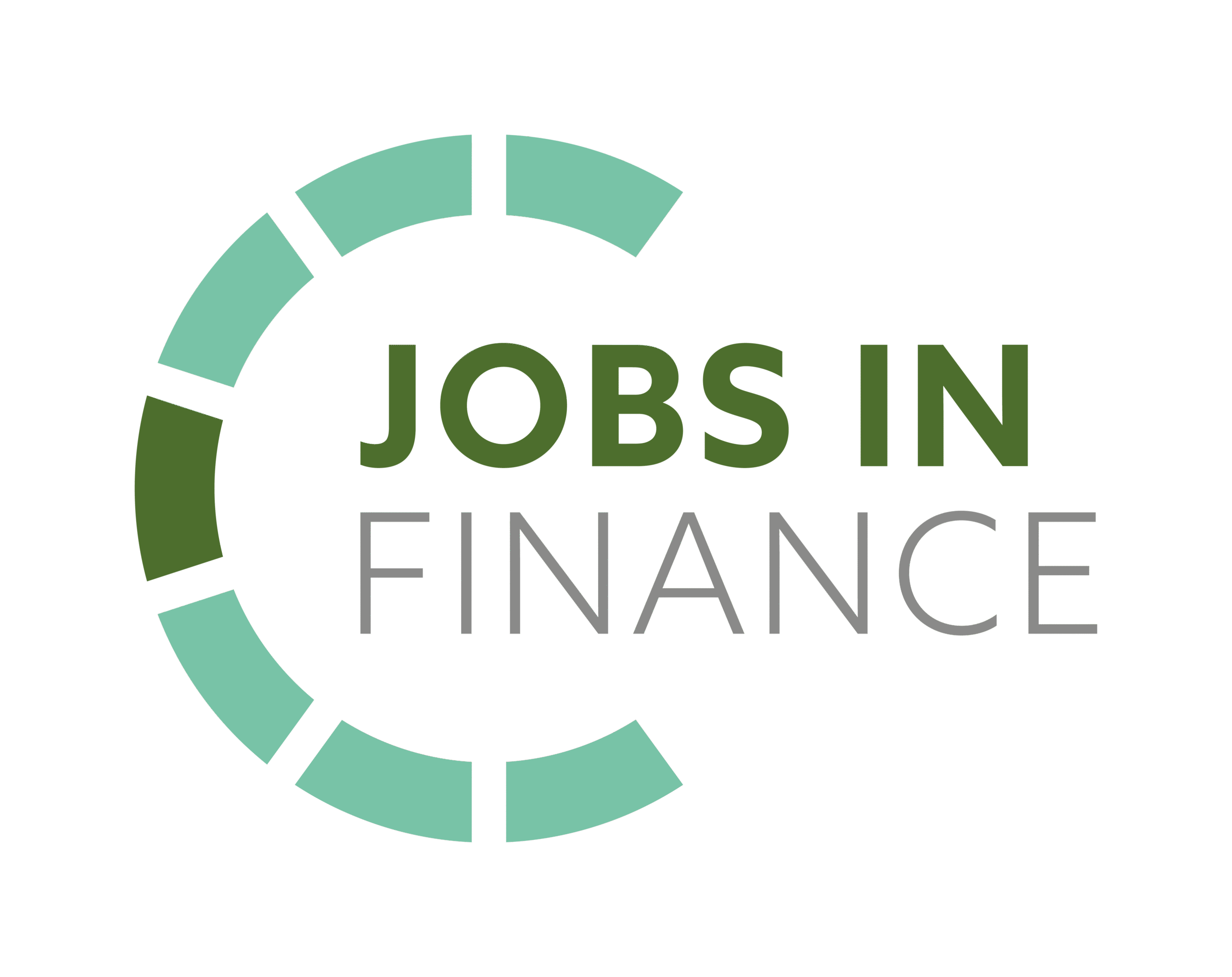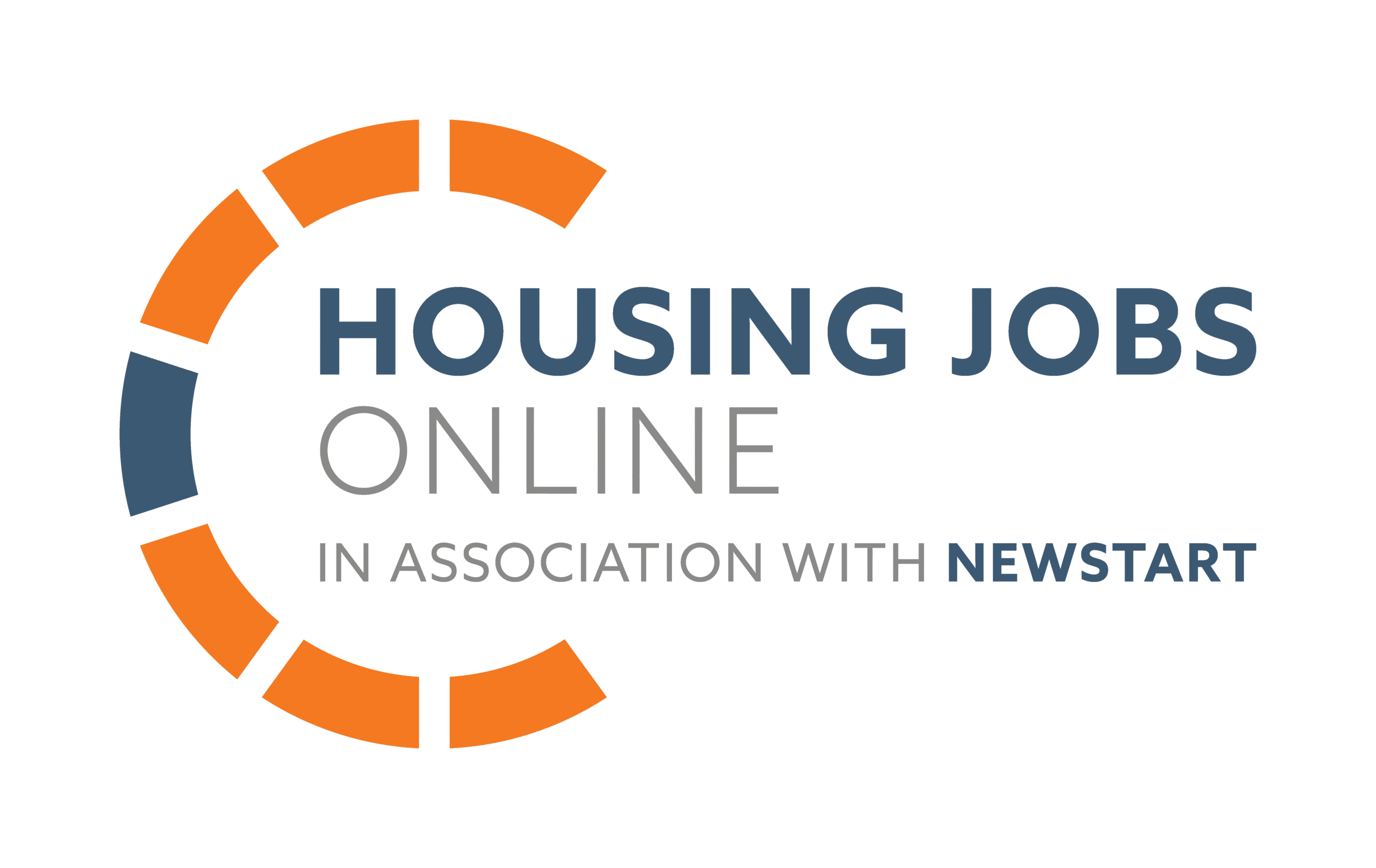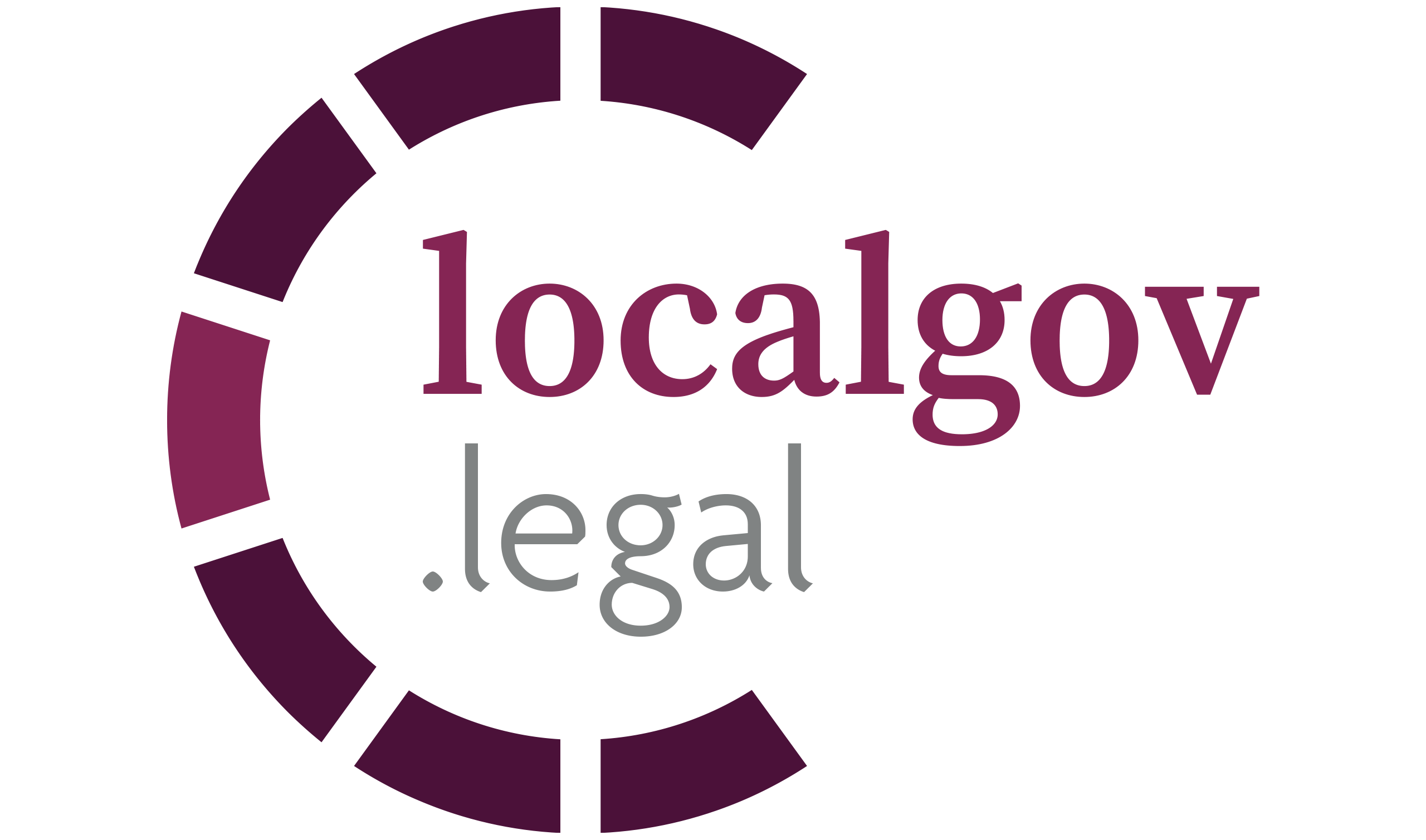Figures from Rightmove’s House Price Index show the cost of newly for sale homes aren’t where they should be for the time of year.
The research, which was published this morning (Monday 17th February), reveals that the average price of a property coming to the market for sale increased by 0.5% month-on-month – equivalent to £1,805 – to hit £367,994.
Although the sum appears hefty, when compared to previous data it’s shown to be below the longer-term average of 0.8%. Experts have claimed this is due to the looming stamp duty deadline and more homes than normal being on the market.
Figures revealed that the number of available homes for sale has reached a 10-year high – currently 550,000 homes that have been sold are awaiting legal completion, 25% more than this time last year.
The appetite for new homes – especially from first-time buyers – is exceptionally high to try and beat the stamp duty deadline. From 1st April 2025 stamp duty thresholds are set to drop from £425,000 to £300,000 for first-time buyers. What’s more, any houses worth over £500,000 will be subject to the same stamp duty rates as second-time buyers.
Commenting on the news, Toby Leek, president of NAEA Propertymark, said: ‘Many buyers will have been placed firmly in the driving seat when it comes to their next house purchase due to the time constraints placed on those needing to sell and buy their next home to beat the upcoming stamp duty rises.
‘What we expect to see now is a potential slowing in the pace of the housing market as well as the number of mortgages approved. Those who are unable to move home before the stamp duty increases will likely be eagerly awaiting future inflation and interest rate announcements in the hopes of further improving their affordability in the long term.’
As well as affecting homeowners, Daniel Austin, CEO and co-founder at ASK Partners has also explained the news will impact developers and investors.
‘Despite a rise in house prices, we believe that growth is likely to face pressure and remain steady, as higher borrowing costs start to affect buyers, despite the market’s continued resilience,’ Daniel said. ‘Investors and developers in the residential sector remain motivated by supply demand imbalance and under the new government.
‘We think there will be more projects that get off the ground. We are seeing a greater variety of housing options, such as co-living schemes, coming to the market which fulfil the growing requirements of younger professional buyers. If prices flatten and interest rates start to fall, we will see more first-time buyers able to step onto the property ladder.’
In related news:
Are agents making the most of eco-features to achieve sales targets?


















Leave a Reply